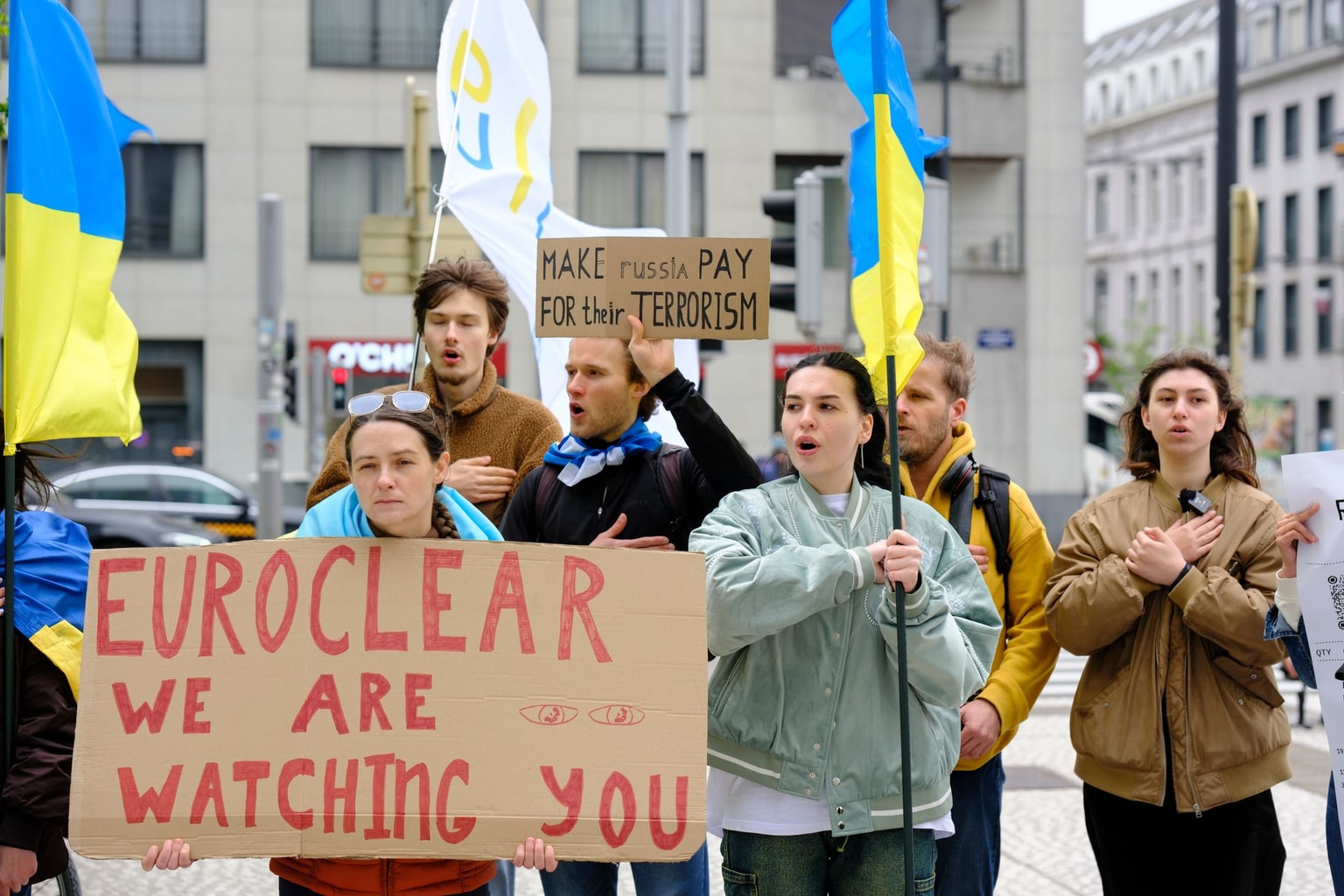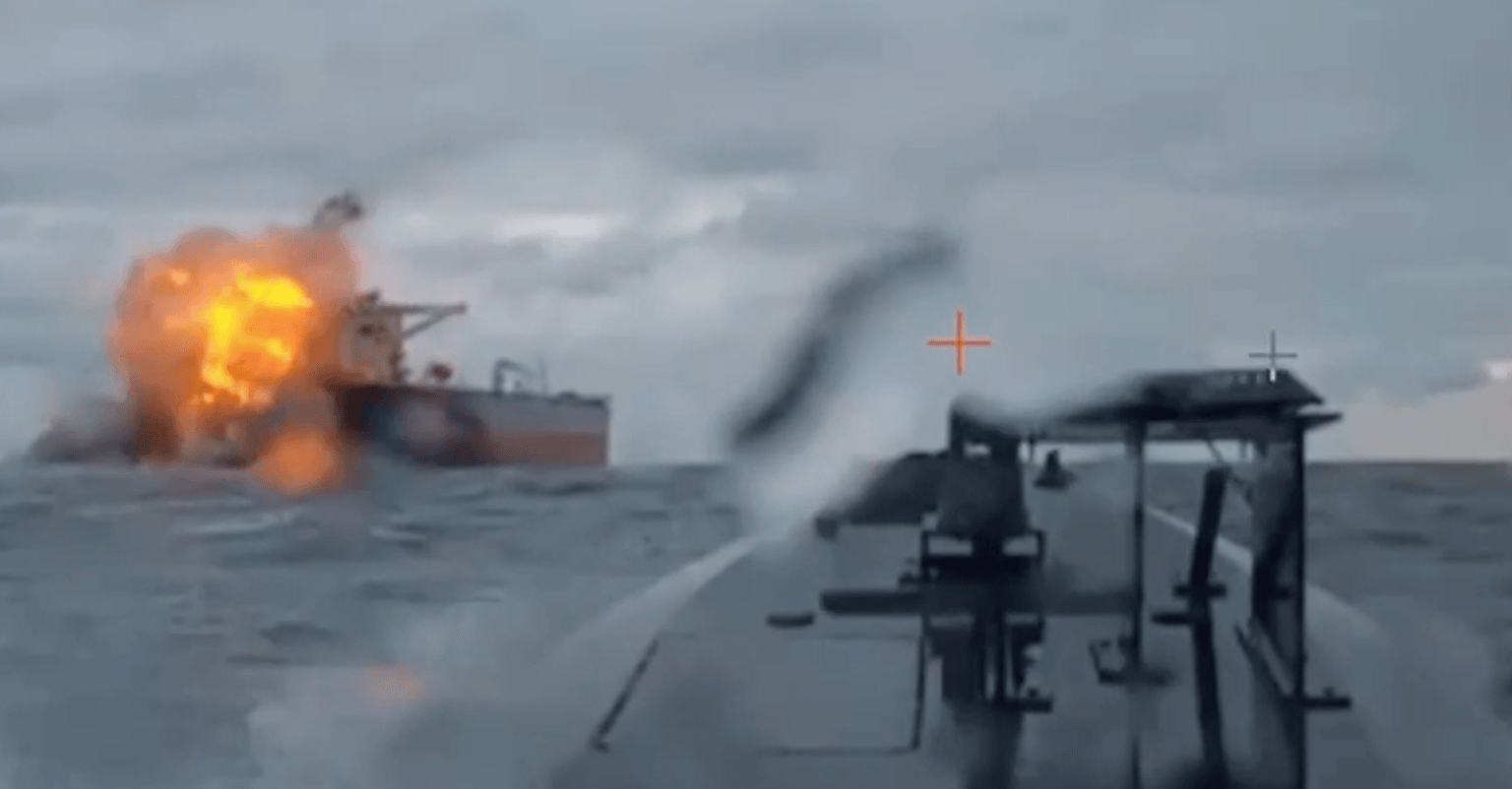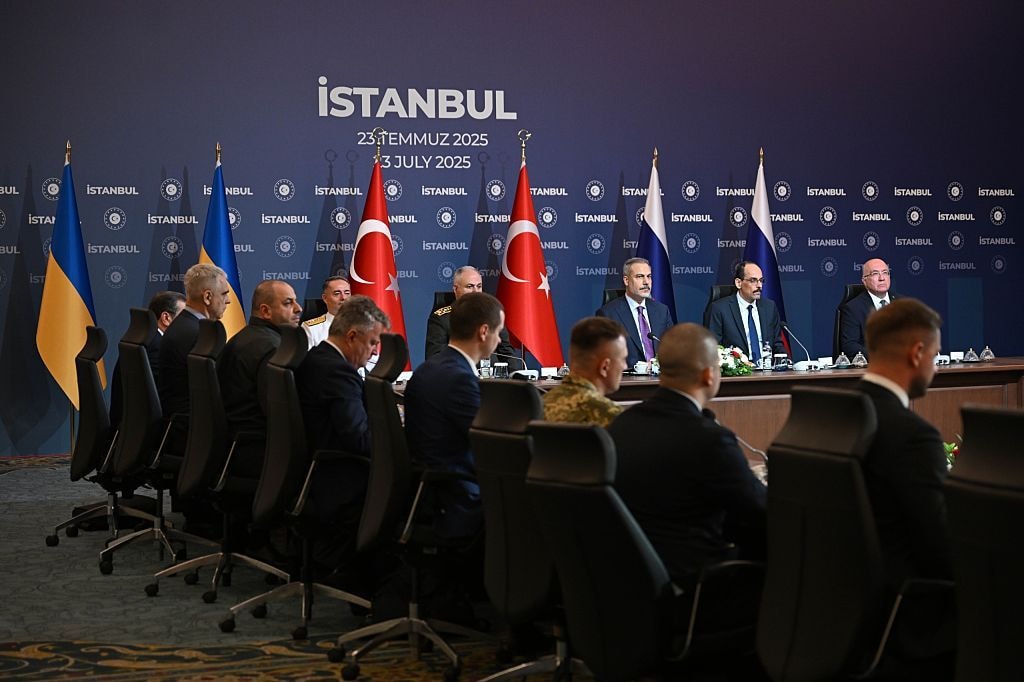ISW: NYT investigation of Russian military documents proves how flawed planning assumptions plagued Russia’s invasion of Ukraine
The U.S.-based think tank has long assessed that faulty Russian planning assumptions, campaign design decisions, and violations of its own military doctrine undermined Russian operations in Ukraine. On Dec. 16, the New York Times published an investigation based on acquired logbooks, timetables, orders, and other documents of elements of the Russian 76th Airborne Division and 1st Guards Tank Army related to the early days of the full-scale invasion.
"The documents demonstrate that Russian military planners expected Russian units to be able to capture significant Ukrainian territory with little to no Ukrainian military opposition," the ISW said.
The documents indicate that elements of the 76th Airborne Division and Eastern Military District were ordered to depart Belarus and reach Kyiv within 18 hours against little resistance. Russian planners also placed riot police within the division's first column. "Riot police are not suitable to lead elements for a large maneuver force in a conventional force-on-force war because they are not trained to conduct combined arms or mechanized warfare. The decision to place riot police in the lead column violates Russian (or any normal) doctrine and indicates that Russian planners did not expect significant organized Ukrainian resistance," the ISW found.
The NYT investigation also supports ISW’s assessments that "Russian strategic commanders have been micromanaging operational commanders' decisions on tactical matters and that Russian morale is very low."










